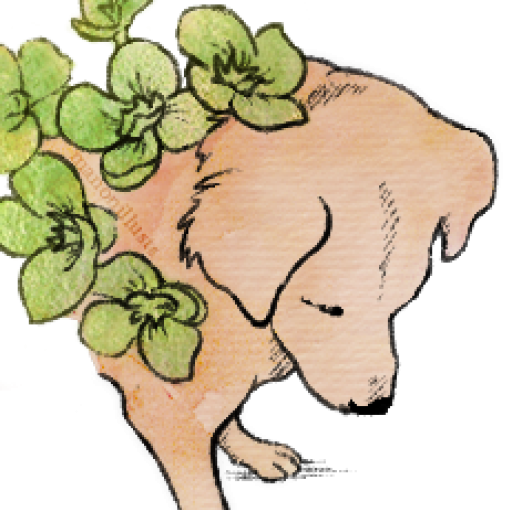Making tinctures using this method gives you a little more control over the strength of the final product. It also helps you to produce more consistent tinctures over different batches.
Like the folk method, you only need a jar, some herbs and some alcohol. For this method, you will also need a measuring jug big enough to measure the amount of alcohol you will need.
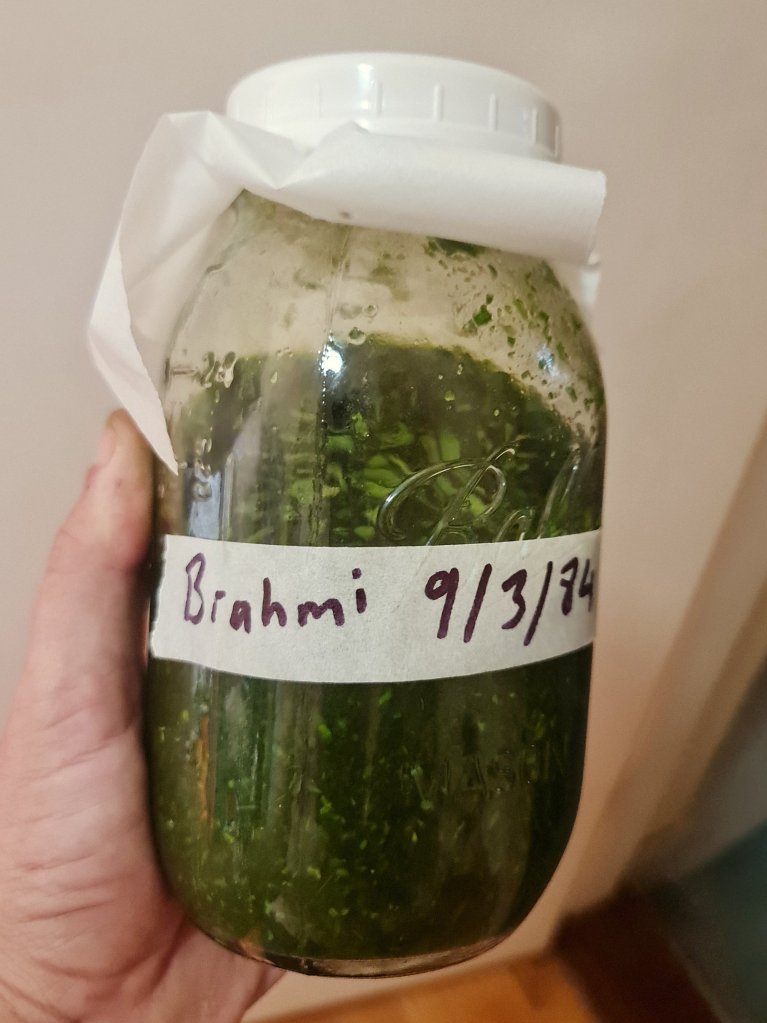
The ratio
The ratio in the title refers to the ratio of herb to alcohol. It is also known as the weight to volume method.
The ratio is always written as the weight of herb : volume of alcohol. The easiest and most commonly used measure is grams : millilitres.
We differentiate between dried and fresh herbs. The ratio of herb to alcohol is different between the two and is as follows –
- Dried herbs 1:5
- Fresh herbs 1:2
We add more alcohol to dried herbs because they need to be rehydrated by the water in the alcohol.
Concentration
As you progress with your tincture making, you will learn that the correct alcohol concentration can be very important in extracting certain types of compounds. Our page, ‘A Little About Alcohol‘, will help you work out what concentration of alcohol to use, should you want to go that far when making your remedy. For now though, just use what you have. Vodka is an excellent choice for a solvent, it is 37.5% ABV (Alcohol By Volume) which means that it can extract a wide range of both water soluble and alcohol soluble constituents from your herbs.
Making a tincture by the ratio method
Like the folk method, it’s pretty easy to make a tincture using the ratio method. There’s only one really simple calculation to make. Here’s how to make a tincture using this method –
- Decide which herb and what strength alcohol you want to use. Make sure that the herb is cut quite finely.
- Weigh out out the amount of herb you wish to use.
- Measure out the appropriate amount of alcohol. If you are using dried herbs, you measure out (in millilitres) 5 times the weight of the herbs. If you are using fresh herbs, measure 2 times the weight of the herbs (examples are below, so don’t worry).
- Optional – I like to place my herbs and alcohol into a blender to reduce the size of the parts and ensure that none are left above the alcohol. This also reduces the size of the herb fragments, increasing the surface area and allowing the alcohol to soak in deeper and faster.
- Add the herbs to your jar, then add the alcohol.
- If you’re using a jar with a plastic lined lid, place a piece of baking or wax paper underneath the lid before you seal the jar. That stops the nasties leaching our of the plastic while in contact with the alcohol.
- Seal the jar and give it a shake to mix everything thoroughly.
- Put the jar somewhere dark and cool and shake every day or so (or whenever you remember) for a month. Think healing thoughts while you do it!
- After a month, strain out your tincture and press out the marc (the leftovers).
- At this stage. I like to put the tincture into a separate decanter to allow any fine, suspended sediment to settle before filtering. This saves time and coffee filters!
- Strain and filter, label and bottle.
- Store the finished tincture somewhere dark and cool.
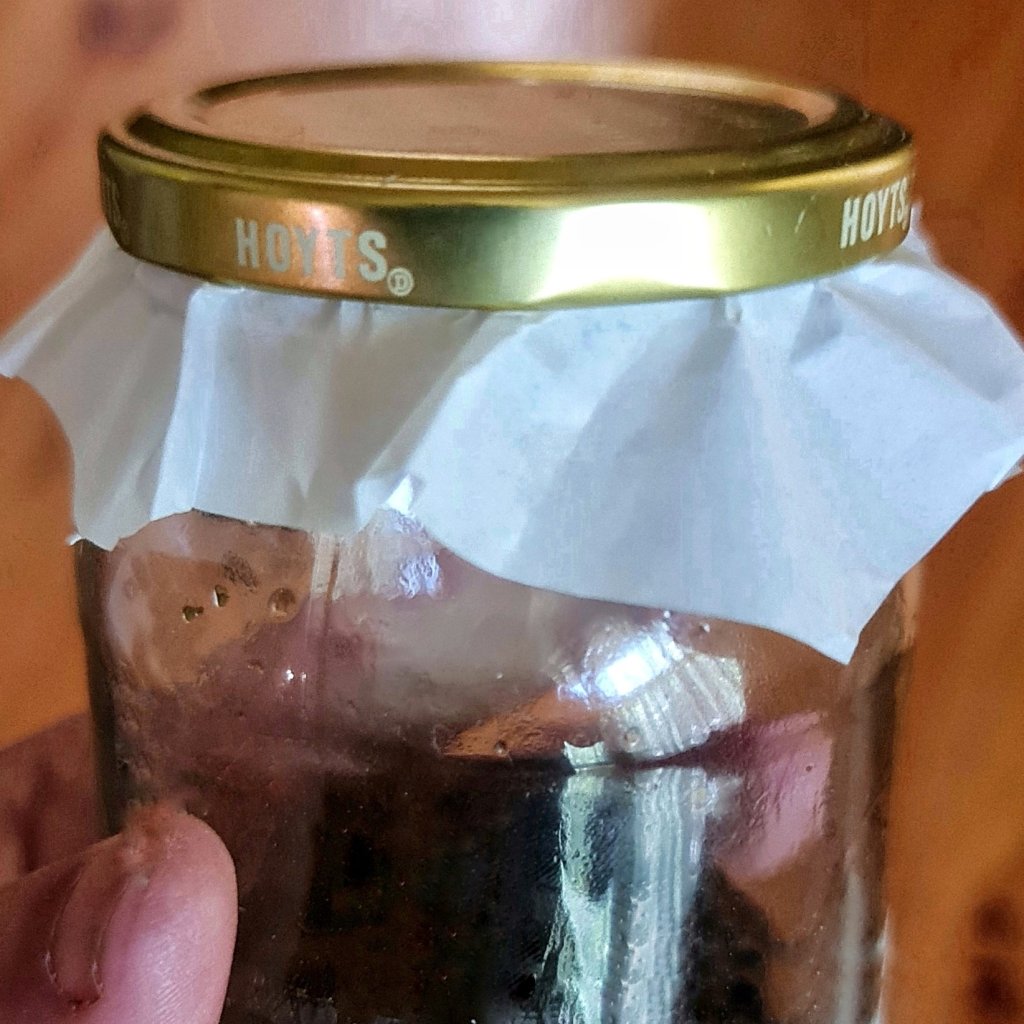
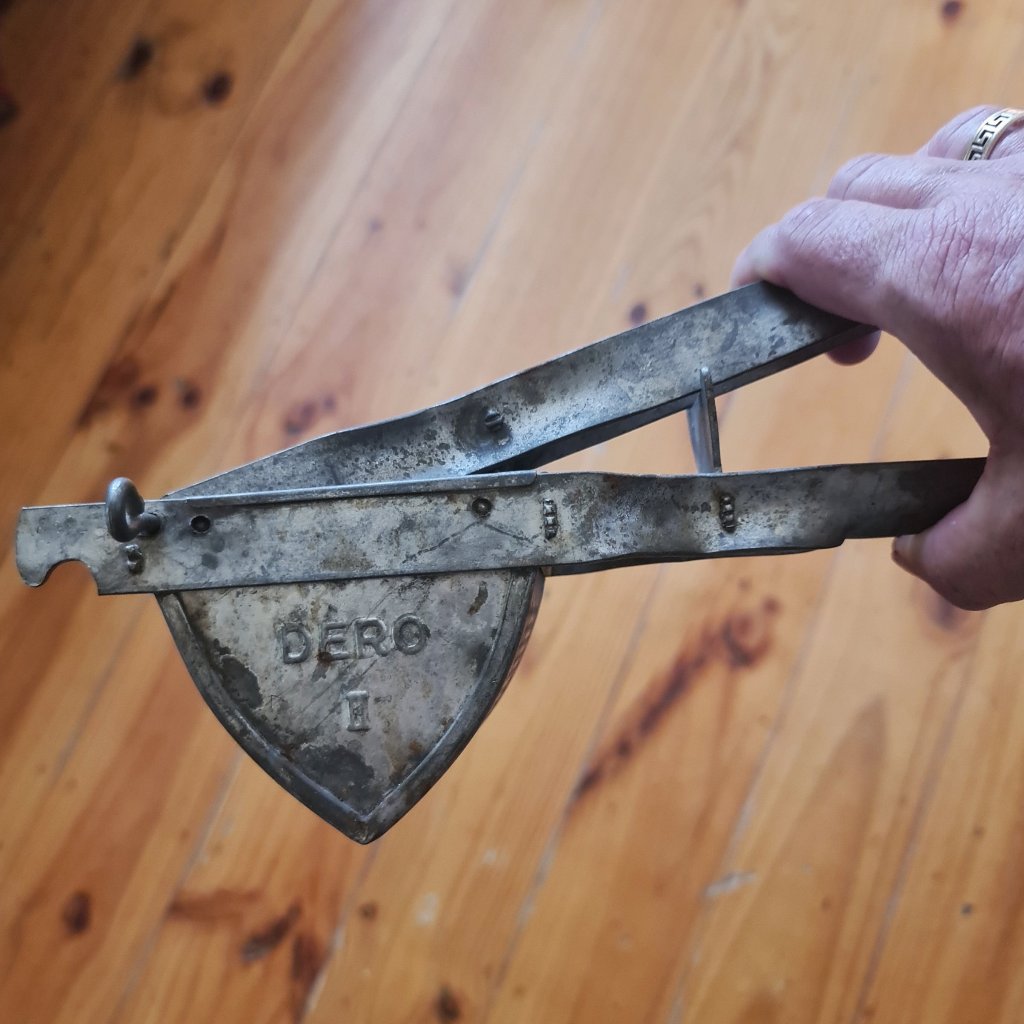

Some examples
Dried herbs. I have 50 grams of Lemon Balm, so will need 250 ml of alcohol
Fresh Herbs. I have 50 grams of fresh Mint, so will need 100 ml of alcohol.
It doesn’t matter (for us at this stage) what the herb is or how strong an alcohol we choose, the only thing that matters is whether the herb is dried or is fresh.
What if the alcohol doesn’t cover the herb?
Unlike the folk method where you simply cover the herb with alcohol, you may find that, using the ratio method, your herb may not be completely submerged. This is a common issue with fresh herbs, which are bulkier.
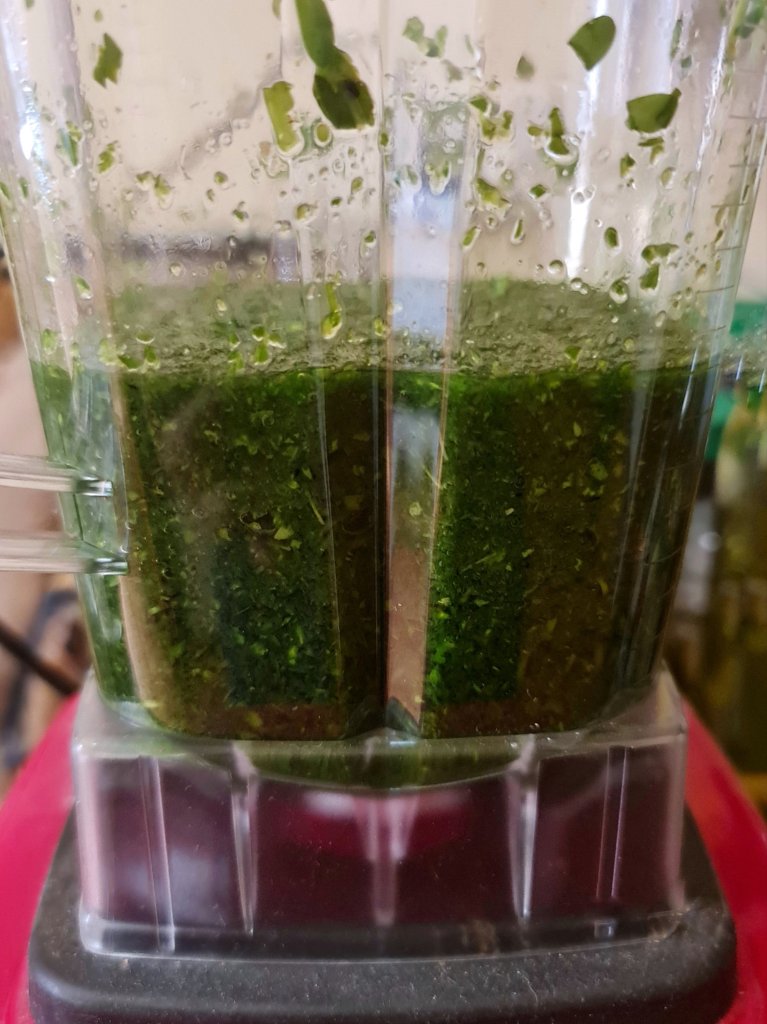
It can also be because you haven’t cut your herbs finely enough. You can pour the jar’s contents into a bowl and cut things finer. or you can add the contents to a blender. You may be able to get a stick blender and use that, too. If your jar is big enough and you have plenty of space left, you may even be able to use the stick blender (very carefully) right in the jar.
If neither of these cases remedy the issue, shake the mix in the jar more vigorously more often. Several times during the month of maceration, open the jar lid and stir thoroughly, ensuring that what has been above the alcohol is moved down deeper.
Unlike when making folk tinctures, you must resist the urge to top up the alcohol, that will throw out your ratio.
Secondary extraction
You may want to try and squeeze a little more life out of the marc. Even after a good pressing, it will still retain some tincture and water soluble goodies. Consider checking our page about double extraction to find how to do it.
Other herb pages on Ligaya Garden
We cover a lot of ground on many herb related topics here on our website. There are whole pages devoted to different topics as well as frequent posts. Some of the links are –
